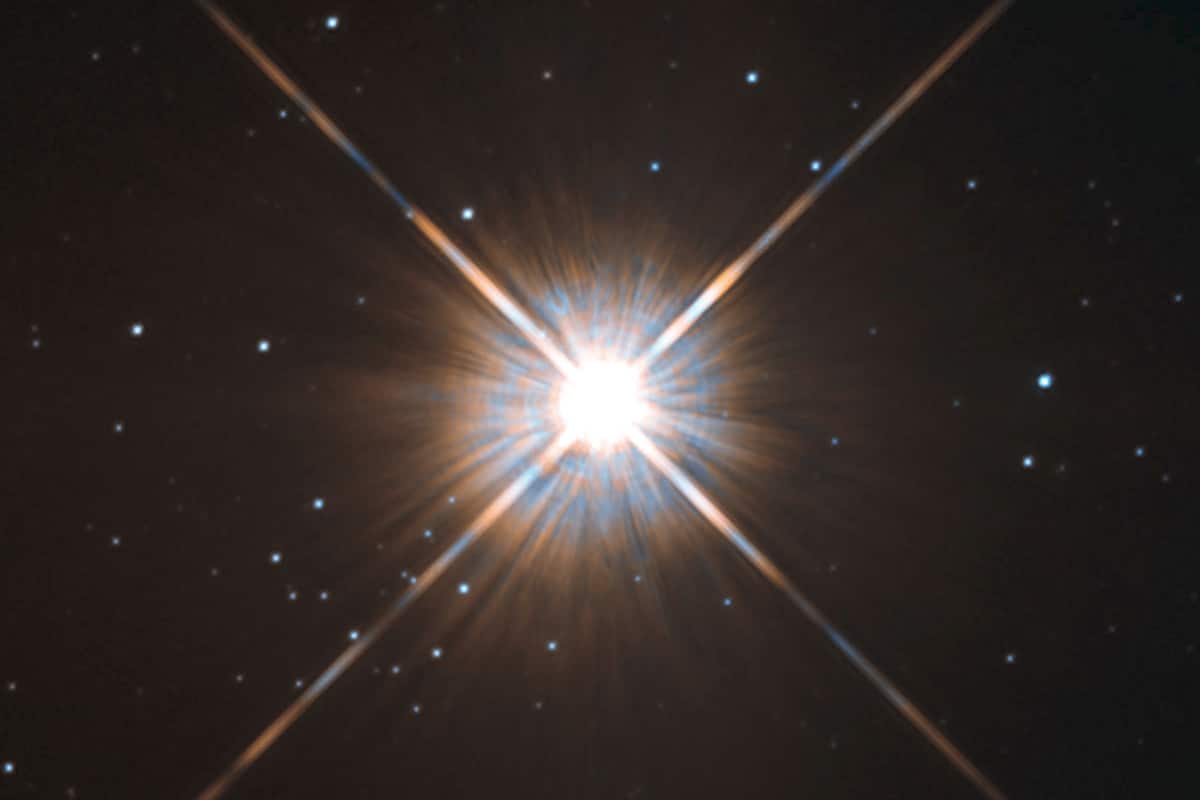
Researchers have come to this somewhat disappointing conclusion after taking a closer look at the signal – referred to as BLC1.
The signal in question was picked up last year by the Breakthrough Listen Project. Within this research project, researchers hunt for so-called techno signatures; signals coming from technology developed by extraterrestrial life. Although the researchers use some of the largest radio telescopes on Earth, it is not a race. Because the search is complicated by the fact that the earth is surrounded by radio signals from technology developed by humans: from telephones to satellites and from radar systems to television. It is therefore not easy to search for weak, extraterrestrial signals in the midst of that sea of terrestrial signals.
Bingo!
And yet researchers thought they picked one up last year. “During the Breakthrough ListenIn our search for intelligent extraterrestrial life, we detected an interesting signal using the CSIRO Parkes ‘Murriyang’ radio telescope,” says researcher Danny Price. “The signal appeared during observations of our closest stellar neighbor, Proxima Centauri, and had many properties expected to match an artificial signal that has traveled interstellar distances.”
Filters
Of course, signals are not simply labeled as ‘interesting’. This is preceded by an extensive analysis. In addition, it is filtered on signals that have been received at a great distance from the earth and that change over time (because you can expect that if its transmitter is on another planet). It is also checked whether the signal is only detectable when the telescope points the ear in a specific direction (because a signal from another planet can only be picked up if the telescope is also aimed at that planet). After all received signals had been tested against these criteria, only a handful remained, of which BLC1 seemed the most convincing.
Follow-up research
But did the signal really come from aliens? Researchers certainly didn’t dare to draw that conclusion yet, so they delved further into the strange signal and then came to a somewhat disappointing conclusion. “After a very extensive analysis, we concluded that BLC1 is a very unusual form of disturbance that we have not encountered before in our data,” said Price. In other words: not aliens, but humans are responsible for the production of the signal.
Even more observations
Price and colleagues draw that conclusion after poring over many more observations made through the radio telescope at other times. In that huge dataset, they came across about 60 signals that in many ways resembled BLC1, but some of which had been detected at a time when the radio telescope was observing in a very different direction. “We can therefore conclude with certainty that these signals come from the vicinity of the telescope and are human-generated,” said study researcher Sofia Sheikh.
Strange
“The original signal (BLC1, ed.) is not clearly detected if the radio telescope is not pointed at Proxima Centauri,” adds Sheikh. But when she expanded the dataset with millions of previous observations, the signal also appeared when the telescope scanned another part of the universe. “The most likely explanation remains that the signal is a transmission from human technology, which is just odd enough to get through our filters.”
The researchers are certainly not deterred by this false-positive result. “The detection of BLC1 shows that our detection methods work and that we have the tools to detect real signals from intelligent alien life – if there is one,” Price noted. The search is therefore enthusiastically continued. “This is the golden age for astrobiology, and the technology we have now allows us to search for technosignatures on a much larger scale than was previously possible.” It therefore seems only a matter of time before more interesting signals emerge and who knows, maybe there will be one that is not made by humans.
Source material:
“ET signal turns out to be humans phoning home” – ICRAR
Image at the top of this article: ESA / Hubble & NASA